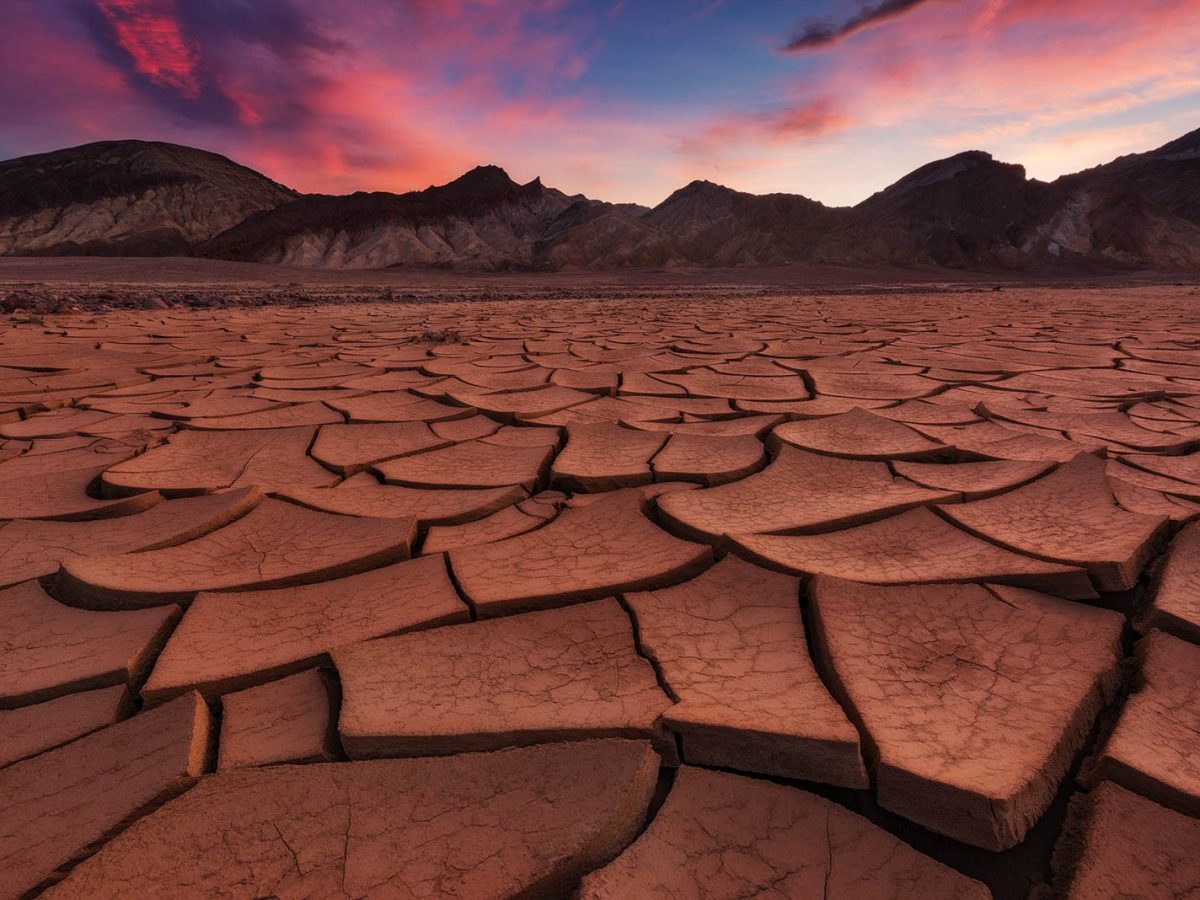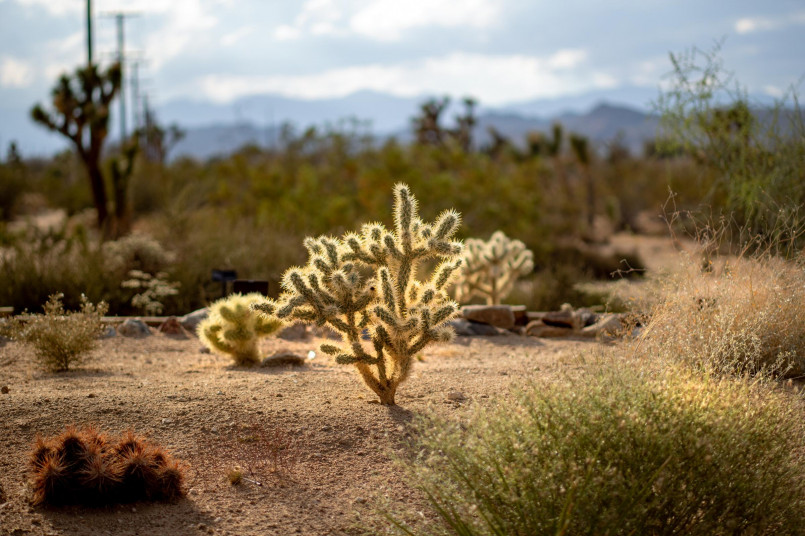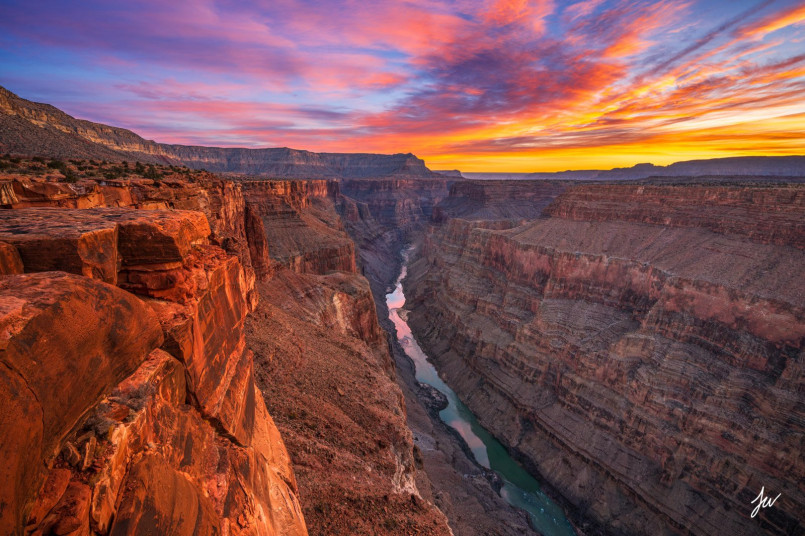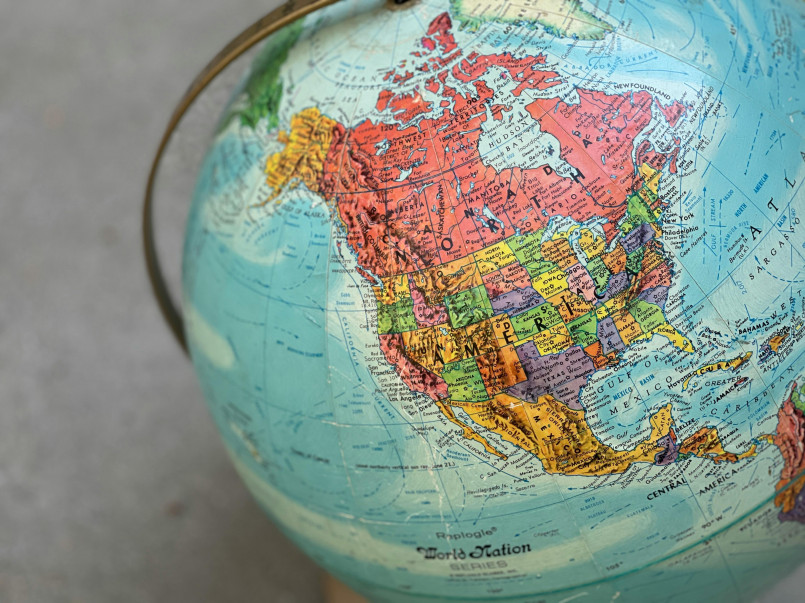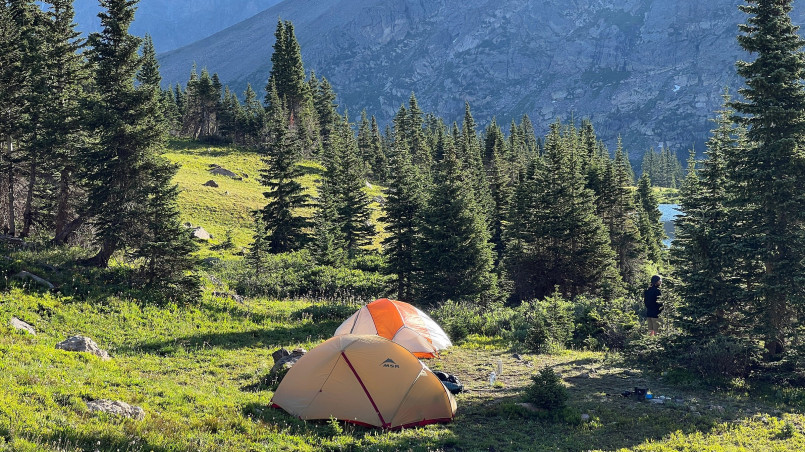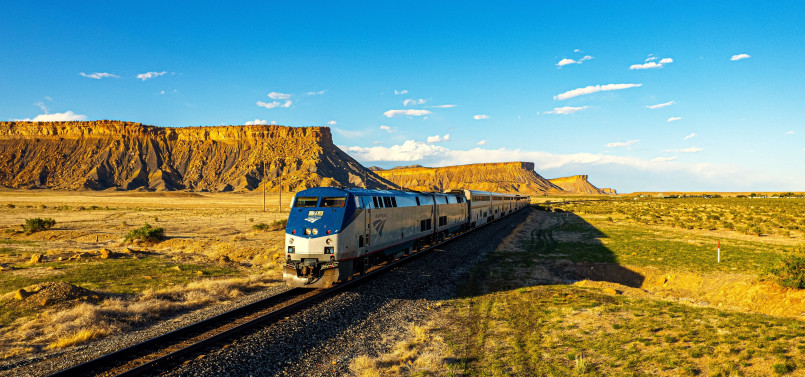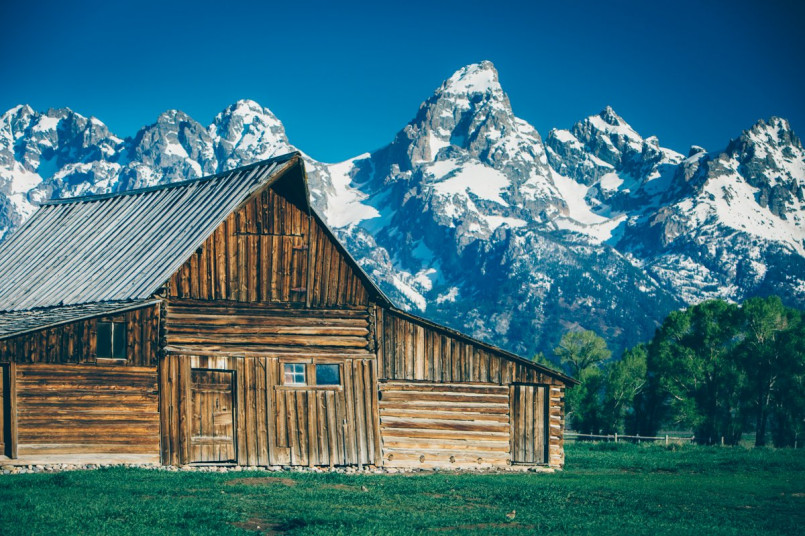The United States contains some of the world's most extreme desert environments, where annual rainfall can be measured in mere inches and temperatures regularly soar into triple digits. From the otherworldly salt flats of Death Valley to the iconic saguaro-studded Sonoran Desert, these parched landscapes showcase nature's remarkable adaptability in the face of extreme conditions.
The United States is home to some of the most extreme arid environments on the planet. While many envision America as a land of lush forests and fertile plains, vast portions of the western states receive so little rainfall they qualify as true deserts. These parched landscapes not only represent ecological marvels but also offer visitors otherworldly vistas unlike anywhere else in the country.
From the record-breaking heat of Death Valley to the iconic cactus-studded landscapes of Arizona, America's driest places have developed unique ecosystems where specialized plants and animals have evolved remarkable adaptations to survive. Let's explore the seven most arid regions in the USA, where rainfall is scarce and the harsh beauty of desert environments reigns supreme.
Death Valley, California
Holding the title as the hottest, driest, and lowest place in North America, Death Valley receives less than 2 inches of rainfall annually. Located in eastern California's Mojave Desert, this harsh landscape holds the world record for the highest reliably recorded air temperature on Earth at 134°F (56.7°C).
The valley's extreme aridity creates surreal landscapes like the cracked hexagonal patterns of Badwater Basin, a salt flat sitting 282 feet below sea level. Despite these harsh conditions, over 1,000 plant species manage to survive here, along with desert bighorn sheep, kit foxes, and a variety of reptiles.
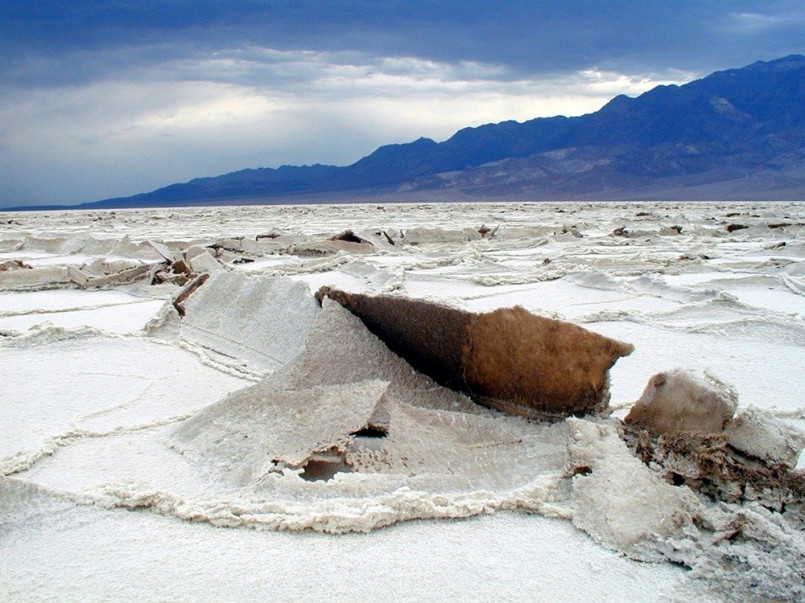
The best time to visit Death Valley is between November and March when temperatures are more moderate. Summer visits can be dangerous without proper preparation as temperatures regularly exceed 120°F (49°C).
Sonoran Desert, Arizona
The Sonoran Desert is America's most biologically diverse desert, covering much of southwestern Arizona and extending into California and Mexico. Despite receiving slightly more precipitation than Death Valley at 3-15 inches annually, the intense heat leads to rapid evaporation, maintaining extremely arid conditions.
What makes the Sonoran unique is its iconic saguaro cacti, which can grow over 40 feet tall and live for 150-200 years. These majestic plants are found nowhere else in the world and have become symbols of the American Southwest.
Tucson and Phoenix sit within this desert region, where residents have adapted to life in a place that regularly sees summer temperatures above 110°F (43°C). Despite these harsh conditions, the Sonoran Desert bursts into spectacular bloom after rare rainfall events, temporarily transforming the landscape with vibrant wildflowers.
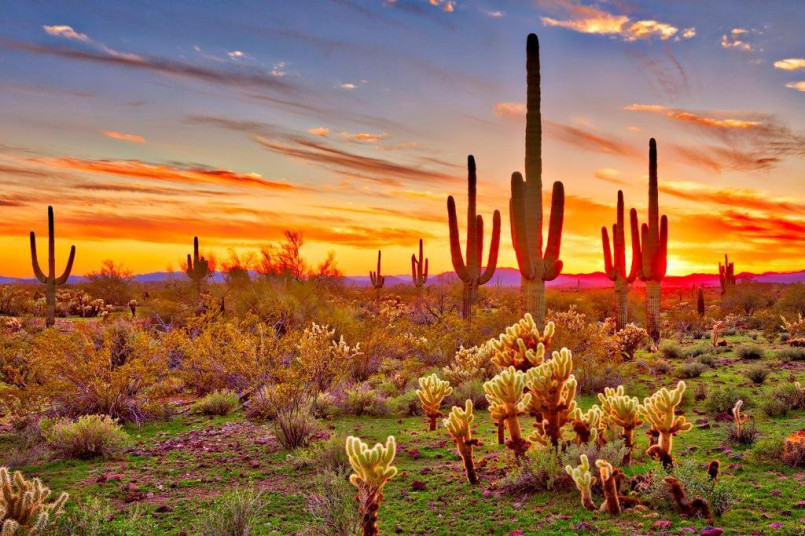
Great Basin Desert, Nevada
As America's largest desert by area, the Great Basin Desert covers most of Nevada and portions of Utah, Oregon, and California. This high-altitude "cold desert" receives 7-12 inches of precipitation annually, with much of it falling as snow during winter months.
The region is characterized by its basin and range topography-alternating valleys and mountain ranges that create isolated ecosystems sometimes referred to as "sky islands." The Great Basin's isolation has led to high levels of endemic species found nowhere else on Earth.
At the heart of this desert lies the Black Rock Desert, an ancient lakebed so flat and barren that it's used for land speed records and hosts the annual Burning Man festival. The region's extreme dryness has also created natural wonders like the Bonneville Salt Flats in neighboring Utah.
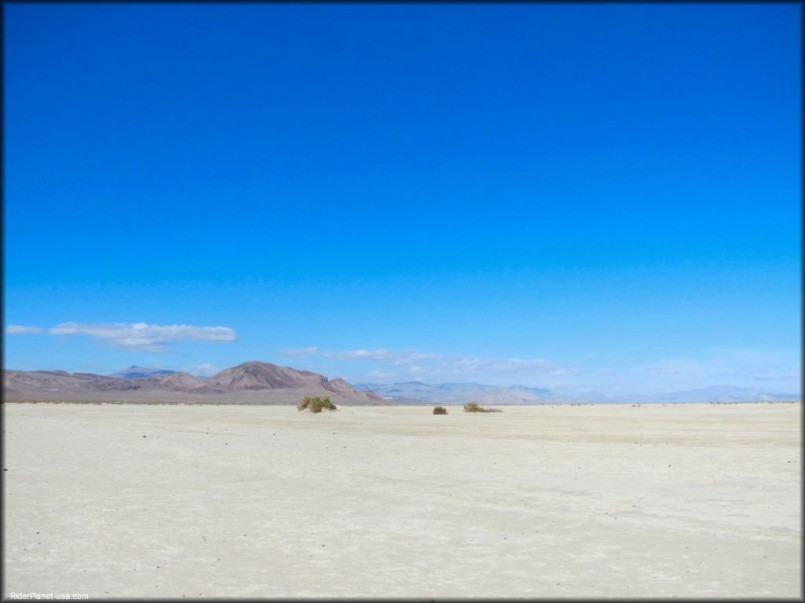
Mojave Desert, California
Spanning eastern California, southern Nevada, and small portions of Utah and Arizona, the Mojave Desert receives between 2-8 inches of rainfall annually. What distinguishes this desert is its iconic Joshua trees-distinctive yucca plants with twisted, bristled branches that create otherworldly landscapes.
The Mojave hosts Death Valley but also encompasses other extreme environments like the Kelso Dunes, a massive sand dune system where the sand can reach temperatures of 180°F (82°C) on summer days. The desert is also home to the abandoned mining towns of Calico and Rhyolite, where the dry air has preserved these ghost towns for over a century.
Despite its harshness, the Mojave supports diverse wildlife, including desert tortoises, bighorn sheep, and rare plants that have evolved specialized adaptations to conserve water and survive extreme temperature fluctuations.
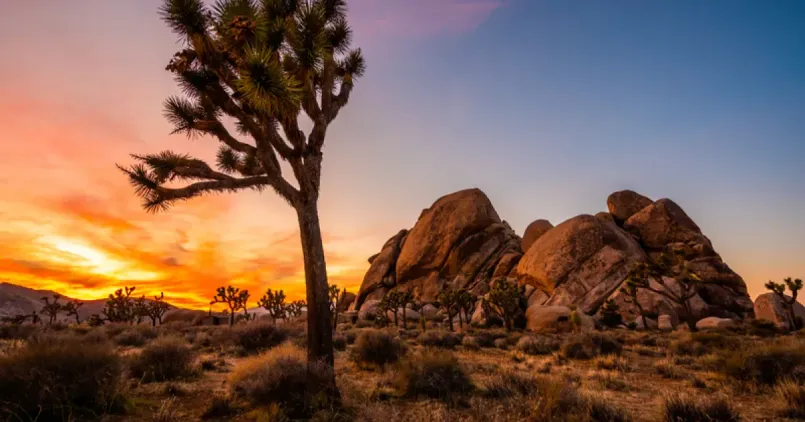
Colorado Plateau, Utah
The Colorado Plateau spans the Four Corners region where Utah, Colorado, New Mexico, and Arizona meet. While technically a high desert receiving 10-20 inches of precipitation annually, portions of southern Utah like Canyonlands National Park and the Grand Staircase-Escalante National Monument experience extreme aridity.
This plateau's most distinctive feature is its colorful sandstone formations carved by wind and occasional water into fantastical shapes. The region's aridity has preserved ancient geological features and created iconic landscapes like the red rock arches of Arches National Park and the towering hoodoos of Bryce Canyon.
The area around Moab, Utah, exemplifies the Colorado Plateau's desert character, with vast expanses of bare rock, limited vegetation, and dramatic temperature swings between day and night. These conditions have created some of America's most photographed landscapes while making human habitation challenging.
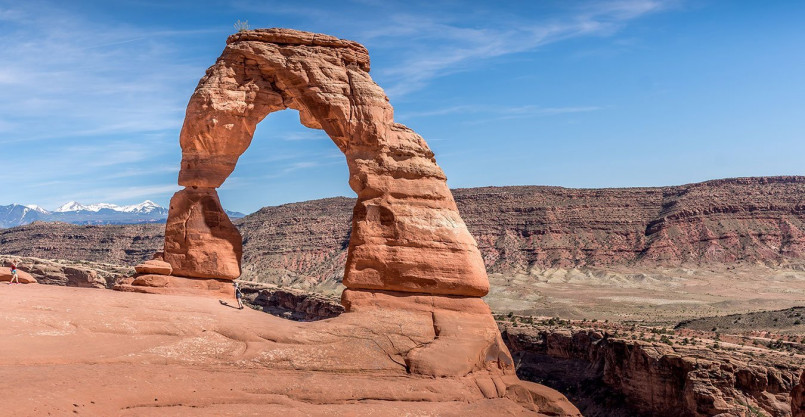
Chihuahuan Desert, New Mexico
The northernmost portion of the vast Chihuahuan Desert extends into southern New Mexico and Texas, creating one of America's most arid regions. This desert receives 6-16 inches of precipitation annually, with most falling during brief summer monsoons.
What makes the Chihuahuan Desert distinct is White Sands National Park, a dazzling landscape of gypsum sand dunes covering 275 square miles. Unlike typical sand, these white gypsum crystals don't absorb heat, making it possible to walk barefoot even on hot summer days.
The region around Alamogordo, New Mexico, epitomizes desert extremes, with summer temperatures regularly exceeding 100°F (38°C) and humidity often dropping below 10%. Despite these harsh conditions, the Chihuahuan Desert supports unique plants like lechuguilla and creosote bush that can survive years between significant rainfall.
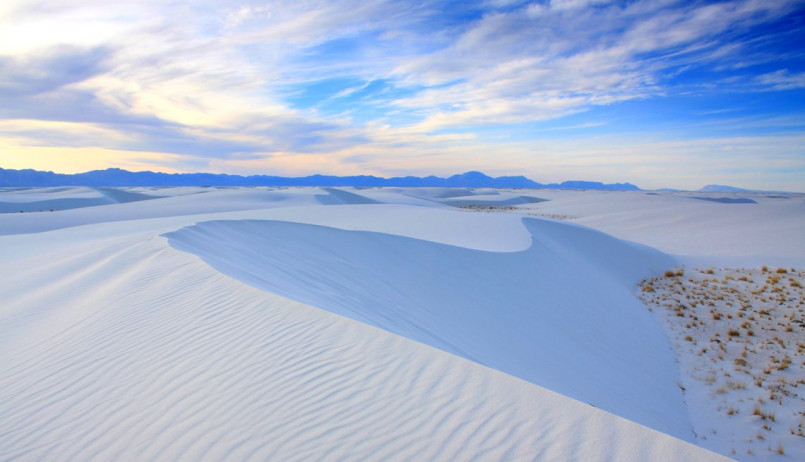
Owens Valley, California
Nestled between the Sierra Nevada and White Mountains in eastern California, Owens Valley is one of America's deepest valleys and among its driest locations. The region receives just 5-7 inches of annual precipitation, as it sits in a dramatic rain shadow cast by the 14,000-foot Sierra Nevada mountains.
This valley gained notoriety in the early 20th century when Los Angeles diverted its water via aqueduct, transforming a once-productive agricultural area into a dust bowl. The dried Owens Lake became America's largest single source of dust pollution until recent mitigation efforts.
Today, the valley's extreme aridity is visible in the alkaline soils, sparse vegetation, and dramatic alluvial fans spreading from mountain canyons. The nearby Ancient Bristlecone Pine Forest contains some of the world's oldest trees, which have survived for nearly 5,000 years in this harsh, moisture-limited environment.
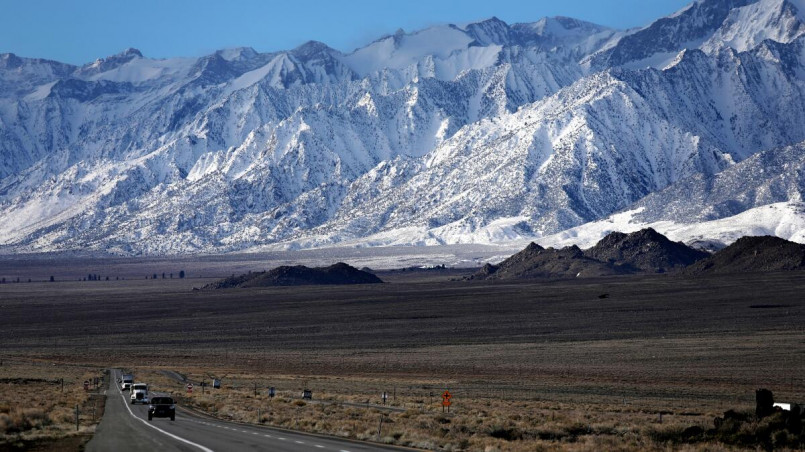
Frequently Asked Questions About 7 Driest Places in the USA: Discover America's Desert Wonders
What is the single driest place in the United States?
Death Valley, California is the driest place in the United States, receiving less than 2 inches of rainfall annually on average. It also holds the record for the hottest reliably recorded temperature on Earth at 134°F (56.7°C), making it a truly extreme environment.
When is the best time to visit America's desert regions?
The optimal time to visit most American deserts is during fall (October-November) and spring (March-April) when temperatures are moderate. Winter can be pleasant in lower-elevation deserts like the Sonoran, while higher deserts like the Great Basin can be quite cold. Summer visits (June-August) require extreme caution as temperatures can exceed 120°F in places like Death Valley.
Do people actually live in these extremely dry regions?
Yes, several million people live in America's desert regions, particularly in cities like Phoenix, Tucson, and Las Vegas. Modern amenities like air conditioning, imported water, and adapted architecture make desert living comfortable, though these areas face significant challenges regarding water resources and sustainability.
How do plants and animals survive in these extreme desert environments?
Desert organisms have evolved remarkable adaptations. Plants like cacti store water, have reduced leaves to minimize water loss, and deep root systems. Animals are often nocturnal to avoid daytime heat, have specialized kidneys to conserve water, and can obtain moisture from their food. Many desert species can remain dormant during dry periods and rapidly complete their life cycles when rare rains occur.
Are American deserts expanding due to climate change?
Yes, research indicates that American deserts are expanding due to climate change. This process, called desertification, is occurring as average temperatures rise and precipitation patterns change. The southwestern United States is particularly vulnerable, with studies suggesting the region is experiencing a long-term aridification trend that may represent a fundamental climate shift.
